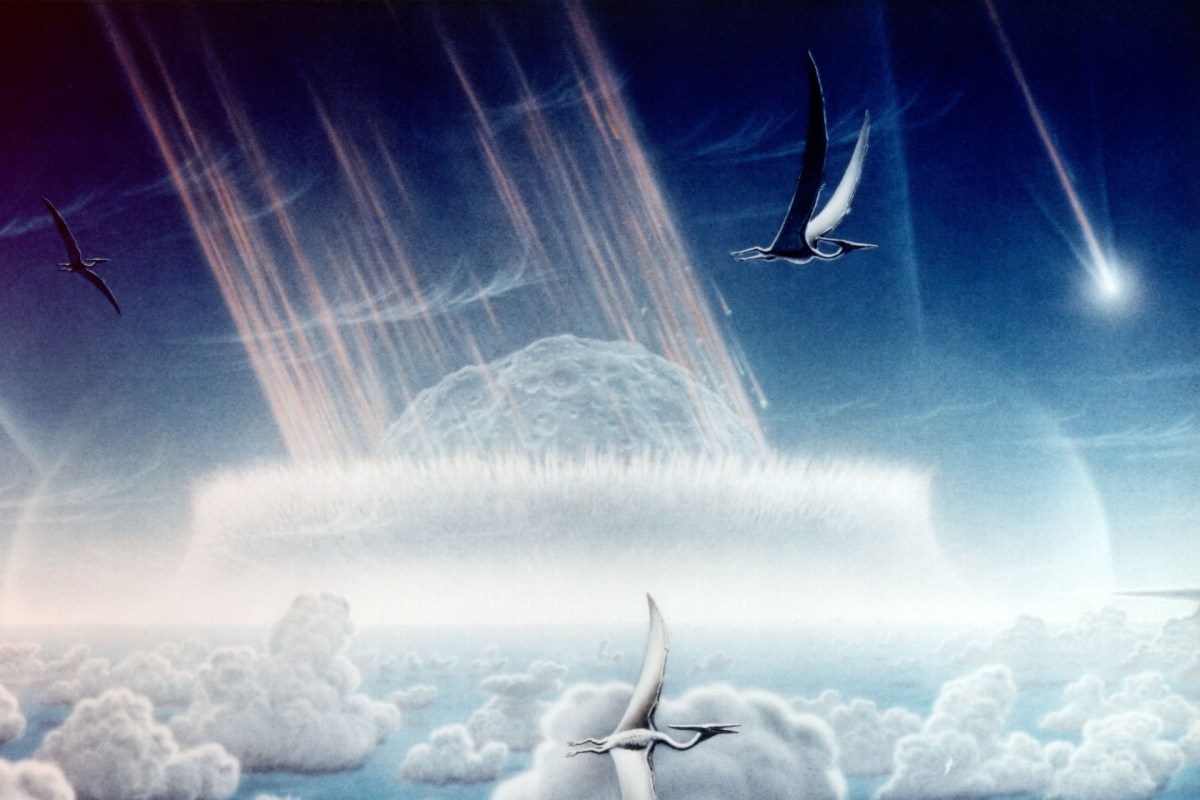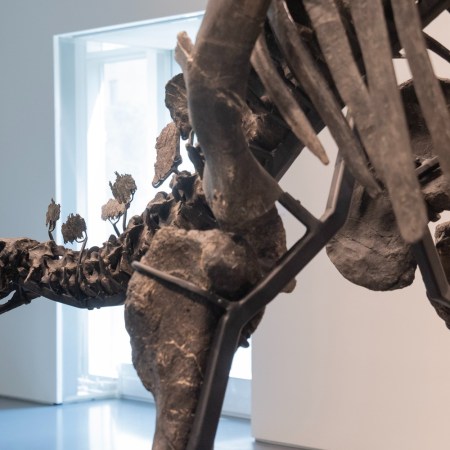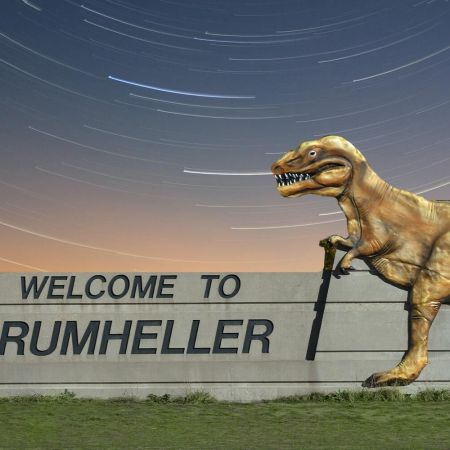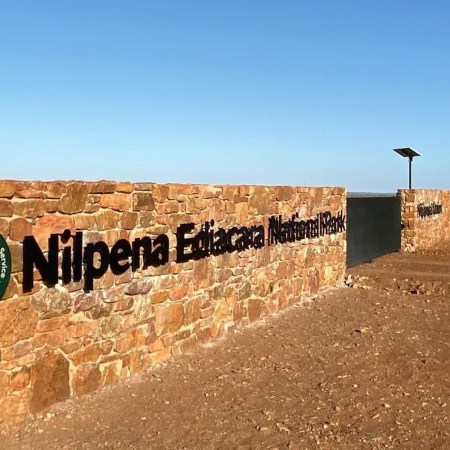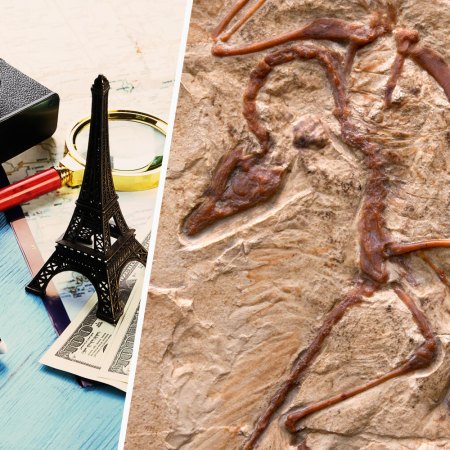It’s been 66 million years since an asteroid collided with the Earth in what is now the Yucatán Peninsula and hastened the extinction of the dinosaurs. This theory, known as the Alvarez hypothesis, is the currently the most widely accepted theory of what led to this particular mass extinction. (Which isn’t to say that there aren’t other theories floating around.) But it begs the question: what was the immediate aftermath of the collision like?
A new article in The Washington Post documents the work done by scientists studying this very specific moment in time. And given that the article opens with a description of a 12-foot-long Thescelosaurus having one of its legs torn off as it’s struck by “a 30-foot-high wave of mud and debris,” think less Jurassic Park, more Melancholia.
What makes scientists so sure that certain fossils date back to this one especially catastrophic moment in history? When he spoke with the Post, paleontologist Robert DePalma emphasized that he and his colleagues couldn’t be perfectly sure, but stressed the evidence that they did have regarding the dinosaur described above.
“When we look at the preservation of the leg and the skin around the articulated bones, we’re talking on the day of impact or right before,” DePalma said. “There was no advanced decay.”
The discovery of the Thescelosaurus took place on a site in North Dakota, which DePalma described in nightmarish terms. “There was a turbulent wall of death heading up the river,” he told the Post. “In addition, all these glowing spherules are falling out of the sky.” It’s an unsettling glimpse into prehistoric times — and a moment that changed the planet forever.
Thanks for reading InsideHook. Sign up for our daily newsletter and be in the know.
